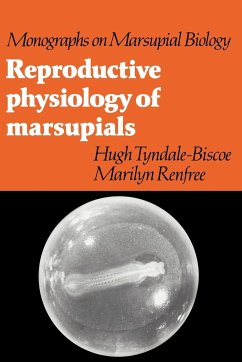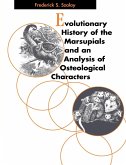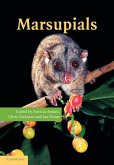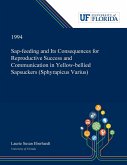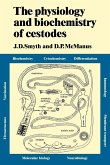Marsupials differ from most other mammals in their method of reproduction, in that they have chosen, in an evolutionary sense, to develop lactation rather than placentation for the nurture of their young. The neonate is therefore born with a mixture of advanced and embryonic characters, and yet is readily accessible within the pouch, providing a unique system for the study of the ontogeny of various physiological and endocrinological parameters. Marsupials are therefore ideal animals for research into mammalian reproductive physiology. The results of this exciting new research are summarized in this book by two of the foremost workers in the field. Individual chapters analyse the genetic and hormonal control of sexual differentiation, male and female reproductive structures and their functions, the role of the corpus luteum in the oestrous cycle and pregnancy, the hormonal control of embryonic diapause and the role of the marsupial placenta in the development of the embryo. This book is more than just a straightforward review of marsupial reproduction for its detailed analyses and broad comparative coverage will attract mammalogists and reproductive physiologists with a wide range of research interests.
Table of contents:
Preface; 1. Historical introduction; 2. Breeding biology of marsupials by family; 3. Sexual differentiation and development; 4. Male anatomy and spermatogenesis; 5. The female urogenital tract and oogenesis; 6. Ovarian function and control; 7. Pregnancy and parturition; 8. Lactation; 9. Neuroendocrine control of seasonal breeding; 10. Marsupials and the evolution of mammalian reproduction; References; Index.
This book is more than just a straightforward review of marsupial reproduction for its detailed analyses and broad comparative coverage will attract mammalogists and reproductive physiologists with a wide range of research interests. It will be valuable for those workers actively seeking better animal models for understanding problems in mammalian reproduction, physiology and endocrinology.
Hinweis: Dieser Artikel kann nur an eine deutsche Lieferadresse ausgeliefert werden.
Table of contents:
Preface; 1. Historical introduction; 2. Breeding biology of marsupials by family; 3. Sexual differentiation and development; 4. Male anatomy and spermatogenesis; 5. The female urogenital tract and oogenesis; 6. Ovarian function and control; 7. Pregnancy and parturition; 8. Lactation; 9. Neuroendocrine control of seasonal breeding; 10. Marsupials and the evolution of mammalian reproduction; References; Index.
This book is more than just a straightforward review of marsupial reproduction for its detailed analyses and broad comparative coverage will attract mammalogists and reproductive physiologists with a wide range of research interests. It will be valuable for those workers actively seeking better animal models for understanding problems in mammalian reproduction, physiology and endocrinology.
Hinweis: Dieser Artikel kann nur an eine deutsche Lieferadresse ausgeliefert werden.

